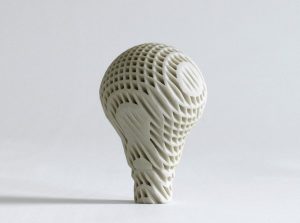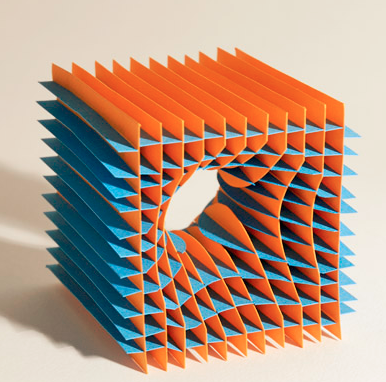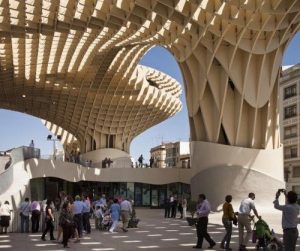2d materials are abundant throughout campus and real life. Sheets of acrylic, hardboard, plywood, and aluminum are cheap and widely available. Sheets are easy and cheap to make. However, they are just sheets. These shapes are referred to as “2d” because any significant manufacturing process to modify these sheets needs only 2 axes.
The manufacturing processes found on campus are the laser cutter [link] and CNC lathe [link]. From those, you can create unique and exact 2d shapes.
This is important, because the right 2d shapes can come together into 3d assemblies.
For bendable materials, like cardboard or metal, SolidWorks sheet metal is a great way to visualize and map the design. Working through sheet metal, an assembly can be projected into a flat map that can go straight to a cut file.
Here’s a great link to get started: http://www.solidworks.com/sw/products/3d-cad/sheet-metal-design.htm

Another way to assemble 3d structures from non-bendable materials is called sliceform. In this method, 2d shapes have multiple slots that match up to pieces in another axis. Usually, sliceform designs are made with specialized software.
One such software is a “waffler” for grasshopper, which is an algorithmic modeler for rhino.
http://www.grasshopper3d.com/forum/topics/a-solid-waffle-for-laser
Usually, the slices are at right angles to each other, and parallel to an axis of symmetry. However, interesting designs can be made with different values of these two properties.



